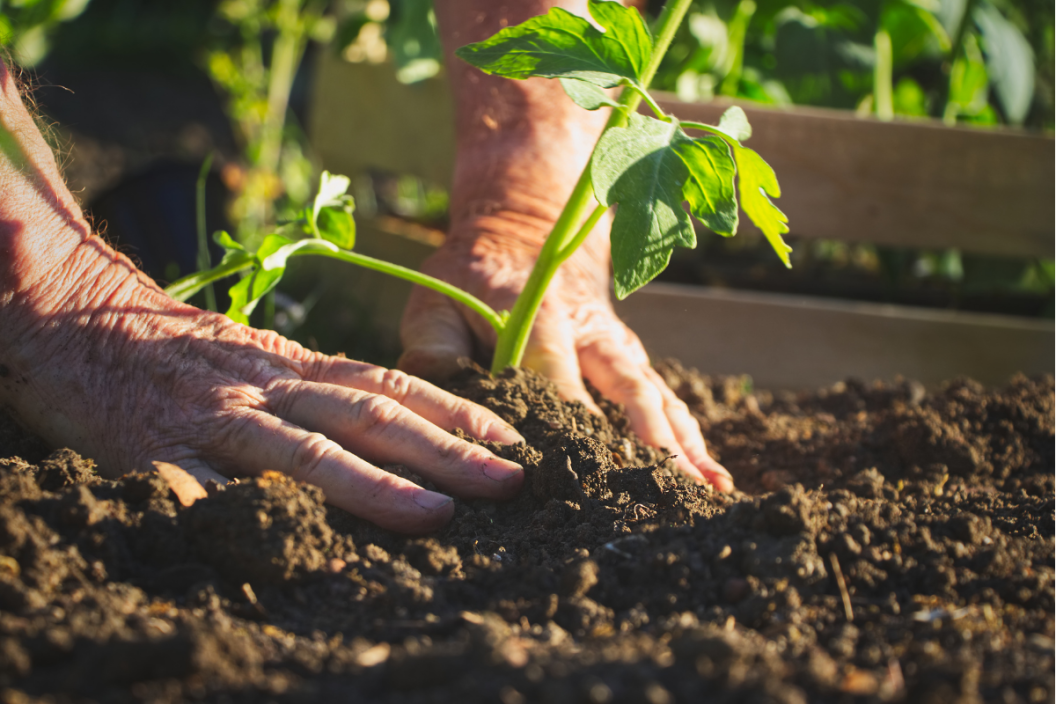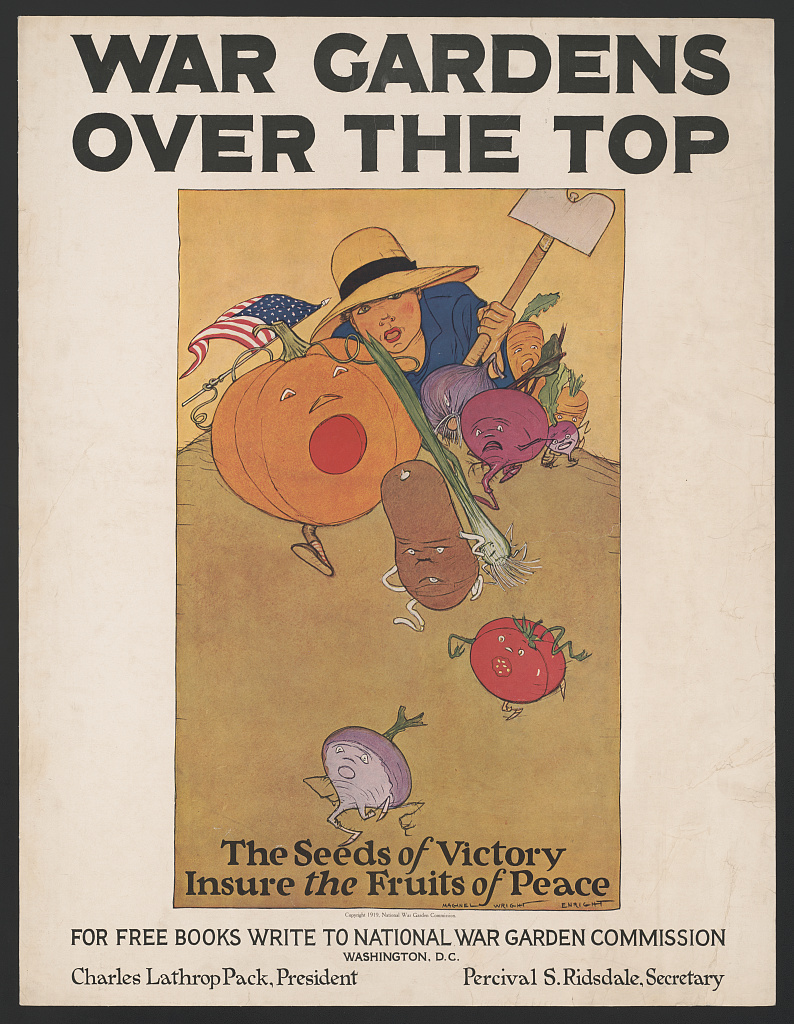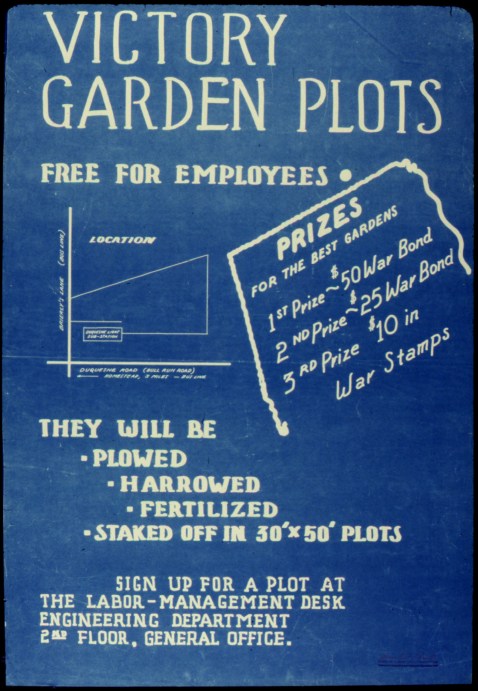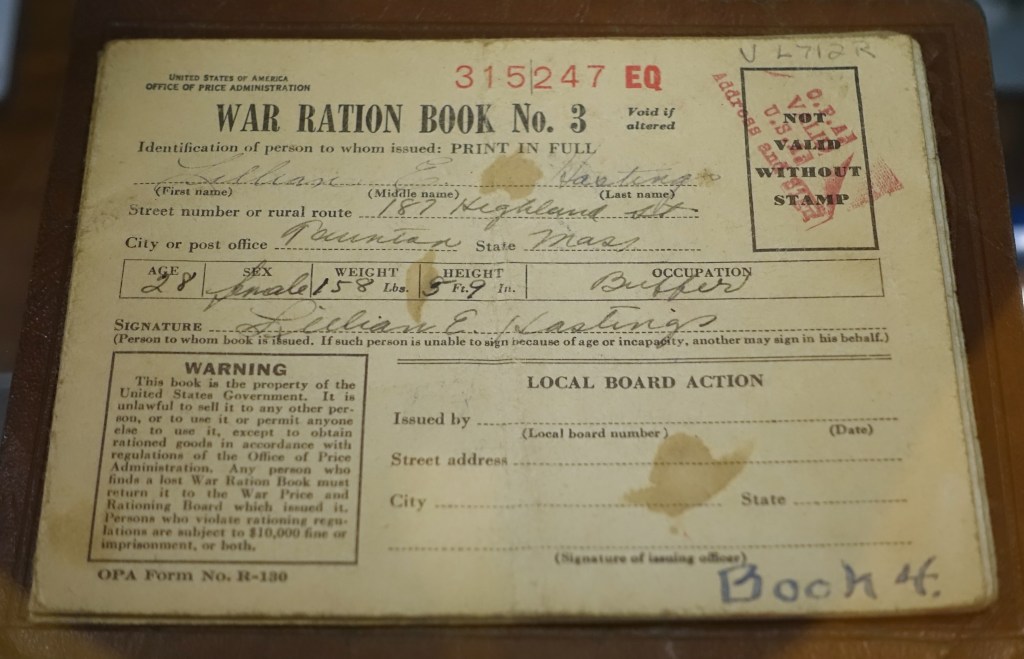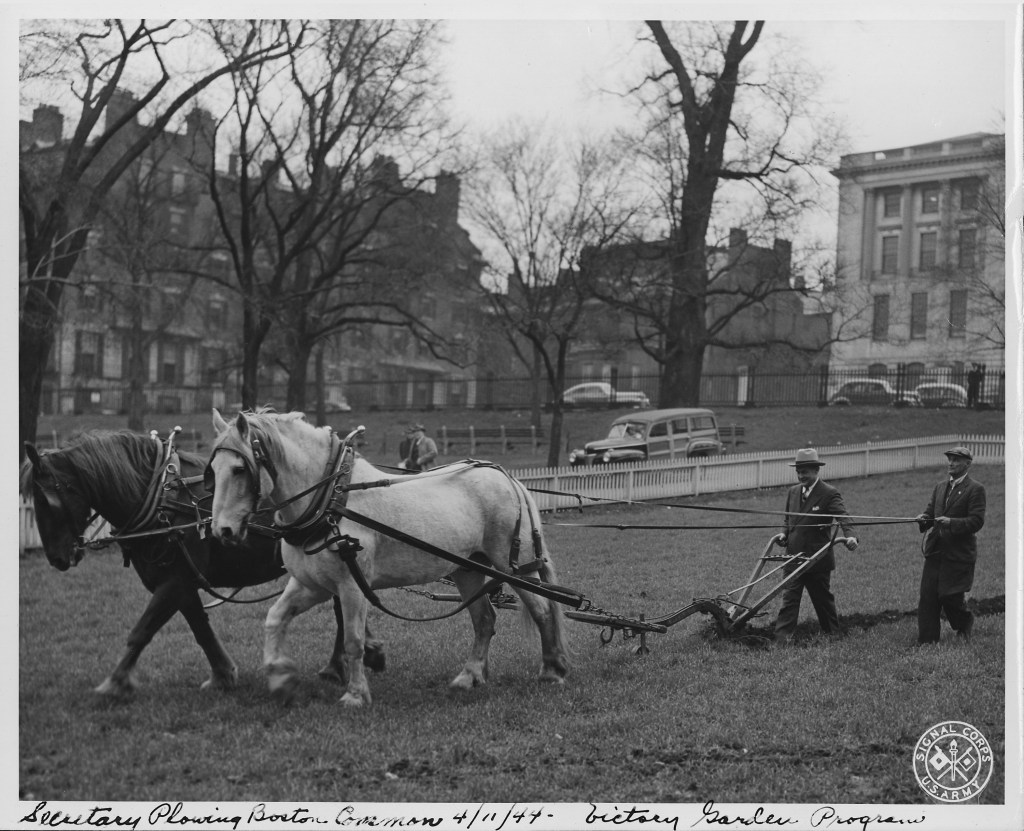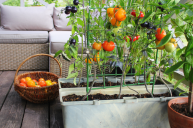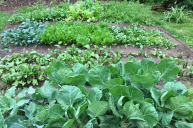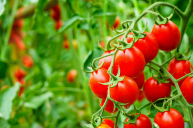Americans are especially proud of their can-do attitude and resilience in the face of challenges. There's a sense of patriotism in finding ways to combine individual actions into something that does good for the whole community. Basically, when we're called on by our country to turn lemons into lemonade, we step up. Nowhere in history is that type of patriotism more evident than in the response of American citizens to the call to plant a victory garden.
Americans stepped up in many different ways to do their part to fight the two great wars, not just enlisting for combat, but working in factories, recycling and even growing their own food. And yes, an army marches on its stomach, but you have to feed the homefront, too. Americans answered the call to plant gardens as a way to conserve critical food supplies for the military and in doing so, changed the national food system, at least for a few years at a time. The less you got at the grocery store, the more the men in uniform had.
World War I
In March 1917, right before the United States entered World War I, a wealthy timberman named Charles Lathrop Pack organized the U.S. National War Garden Commission. Pack's idea was that individuals and families could grow and store more of their own food, so that commercially-grown food could be shipped overseas to our allies and our troops.
Citizens were encouraged to plant a victory garden wherever there was land, including schoolyards, backyards, empty lots and parks. Everyone got involved, too. The federal Bureau of Education started the U.S. School Garden Army which enlisted school children as "soldiers of the soil. Civic associations, ladies societies and women's magazines promoted war gardens as a way to support the war effort.
The program was wildly successful. After the war ended, Pack published "War Gardens Victorious" where he noted that the commission's work resulted in 3 million war gardens in 1917 and well over 5 million gardens in 1918.
The idea behind these vegetable gardens wasn't just about growing fresh vegetables to supplement the nation's food supply, although that extra food was much needed. It was also about self-sufficiency; growing food that didn't require the normal workforce and transportation system. In other words, if you grew your own tomatoes, carrots and squash at home, you didn't need a farmer to grow those plants, or farmhands (who could be off fighting in Europe) to harvest the crops or trucks that used fuel and rubber for tires to transport the food.
The Victory Garden and World War II
What started as a war garden movement became known as victory gardens after the end of the war. They weren't as popular in the 1920s and 30s (though many Americans had gardens during the Great Depression), but the victory garden program was officially reestablished after America entered WWII and it was more necessary than ever.
In early 1942, the U.S. government instituted food rationing. Like most industries during the war, mass food production was shifted to feed our military forces overseas. In addition, there were food shortages on imported items like coffee and sugar.
Meat, cooking oil, sugar, canned goods, coffee, and other foods were restricted. You had to have a ration book to buy these goods and when you were out of ration stamps for a particular item, you weren't allowed to buy any more.
Victory gardening was encouraged again to supplement the food supply and once again Americans planted vegetables and fruit wherever they could. Those without yards would plant in window boxes, the rooftops of apartment buildings or community gardens. Eleanor Roosevelt planted her own victory garden on the White House lawn and there were 250 garden plots in San Francisco's Golden Gate Park. In Boston, they planted victory gardens on Boston Commons and in the Back Bay Fens.
In fact, the Fenway Victory Gardens (and yes, it's the same Fenway that's the home of the Red Sox) is the oldest surviving victory garden in the U.S. Today there are 500 fenced plots that make urban gardening possible for Boston residents.
By the end of the war, American victory gardens numbered 20 million. They produced around 8 million tons of food or over 40 percent of all the fresh fruits and vegetables in the United States. Gardeners grew a variety of fresh vegetables and fruit, including tomatoes, beets, potatoes, beans, and turnips. The government published information showing citizens how to preserve all that food as well.
Today's Victory Garden
Victory gardens created a different kind of national food system, where self-reliance was key. The idea to grow your own food, though, isn't one that should be stuck in the history books. Growing your own vegetables and fruit from your garden means you always have food security and access to healthy food, and learning how to cook and preserve that food means you have more control over what's in your kitchen pantry.
If you want to learn how to grow your own garden, check out information on the U.S. Department of Agriculture's website or visit your county's Cooperative Extension office.
This post was originally published on September 6, 2019.
